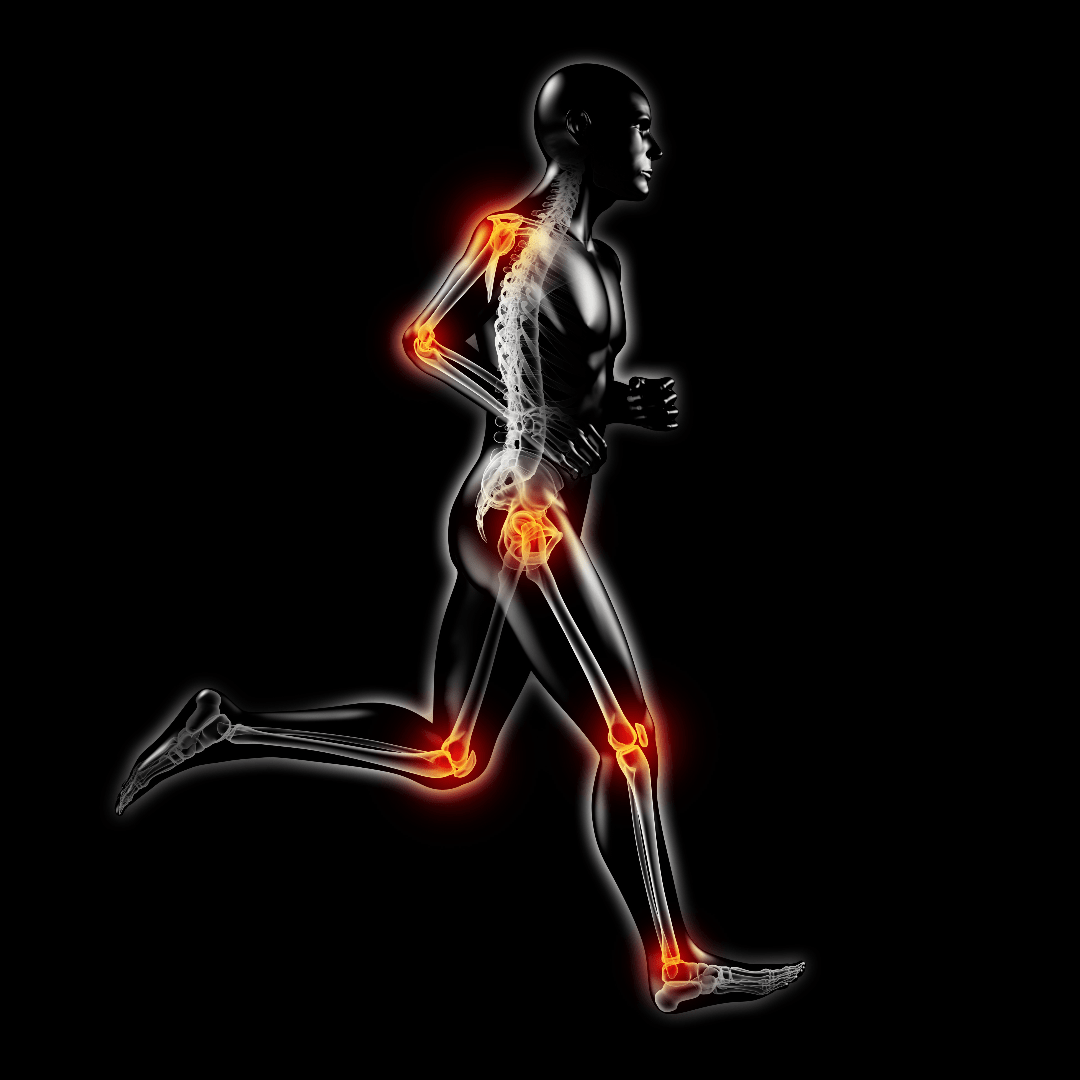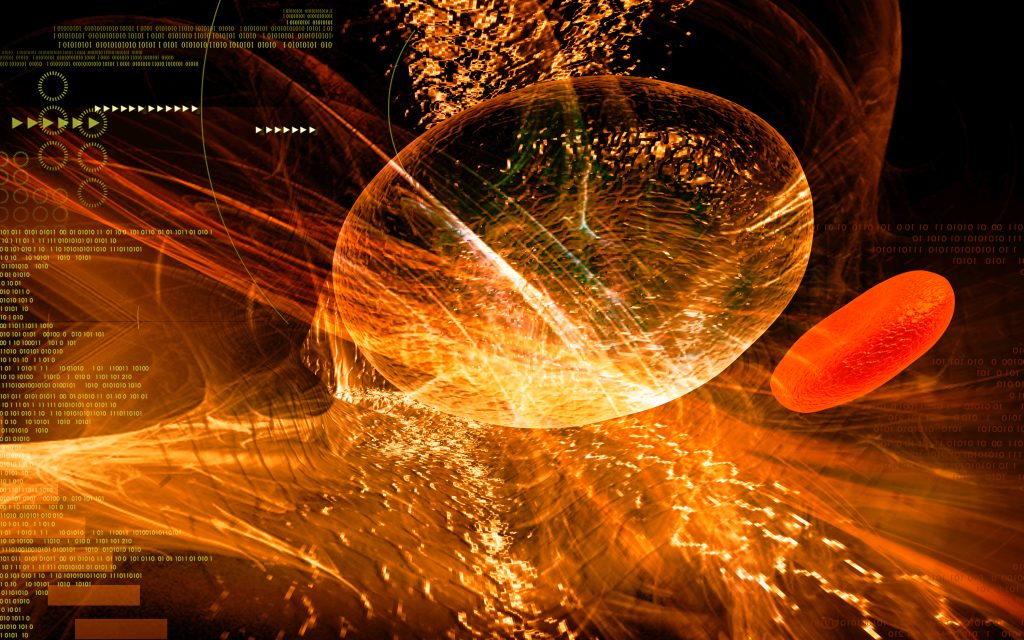GOLDIC® latest medicine treatment
Goldic treatment for musculoskeletal conditions originating from Germany
What does it represent?
GOLDIC® stands for Gold Induced Cytokines.
GOLDIC® is a welcome addition to Pinnacle’s personalized medicine portfolio, which activates the body’s powerful self-healing mechanisms at the cellular level of cells, tissues, and organs. GOLDIC® uses the patient’s own blood plasma in combination with special gold particles that act as catalysts promoting the production of cytokines. Cytokines are proteins that regulate the growth and differentiation of cells. Cytokines strengthen the body’s immune and inflammation responses, treating inflammatory and degenerative diseases such as arthritis and injuries of soft tissues such as tendons, muscles, or ligaments.
Is the GOLDIC® Therapy a type of related stem cell therapy?
Yes, it activates and promotes the development of existing local stem cells
What conditions does it treat?
Tennis Elbow
Achilles tendinitis
Plantar fasciitis
Tendon tears
Osteoarthritis
The term “osteoarthritis” refers to a joint that has progressed beyond what is normal for one’s age, as a result of overuse, birth or accident-related joint misalignments or even bone deformation caused by disease such as osteoporosis.
Osteoarthritis means the wear and tear of the joint cartilage and the causes can be many: With increasing age, bodily tissues are subjected to degenerative changes, which can eventually result in tissue damage and loss of function.

What is the treatment protocol for Osteoarthritis?
The goal of osteoarthritis treatment is to alleviate pain and improve function. Non-surgical and surgical treatments are available to treat osteoarthritis and the modality chosen depends on symptoms such as amount of pain & discomfort, patient history and scan results.The choice of treatment depends on the degree of cartilage damage. Cartilage damage can be divided into four degrees of wear and tear
- Grade 1 – Slight blistering on the surface.
- Grade 2 – Minor defects and tears in the surface of the cartilage
- Grade 3 – A deeper defect that reaches the bones with a lot of wear and tear and is no longer mechanically sustainable
- Grade 4 – All of the cartilage has been worn away, revealing the bones of the joint

Herniated disc - cervical spine
A herniated disc means that the soft tissue comes out of the space between two of your vertebrae and goes towards your spinal cord. This is only possible if the fiber ring around it breaks and some of your spine’s material comes out through a ligament at the back (the longitudinal ligament). The size and location of the slipped disc can cause discomfort, sensation problems, and paralysis.
Herniated discs are most often found in the spinal column’s mobile sections, especially the cervical or lumbar spine. These procedures frequently result in a severe and particularly painful incident in the patient’s life. Given these issues, you must act quickly and effectively. Some people with herniated discs do not need surgery.
Herniated disc - lumbar spine
The lumbar spine differs from the thoracic and cervical spines in one notable respect: the vertebrae are arranged closer together. With each other, they have an unusual degree of steepness. Bending forward or backward causes these forces to appear initially. The first vertebrae to be affected are the lumbar spine (L4 and L5) and sacral vertebrae (L5 and S1). Herniated discs often cause pain in the back first, which can spread to the legs and feet.
Achilles tendon - tendonitis
This means painful changes in the area of the Achilles tendon. The medical term for the condition is “Achilles tendonitis,” which refers to swelling and discomfort in the area of the Achilles tendon. Stop a trigger event, which is often described as painful stop a trigger event connected with acute pain in the areas of the Achilles tendon, is a typical occurrence. The recurrence of this action is frequently discussed for many years, and it recurs in shorter and shorter intervals over time.
This may eventually lead to the inability to walk without running or significant walking or jogging routines generating discomfort. The major issue in this situation is a recurring tendon tearring, which results in advanced scarring as the tendon heals completely and is subjected to continual stress. The blood flow in the tendon also diminishes when stressed.
The hypertrophy of the tendon sheath, in advanced phases of the disease, is accompanied by a variation in the tendon covers, which is characterized by enhanced hardening of the tendon sheath. As a result, the strain on the tendon is avoided or repeated by increasing its size.
What are the benefits of GOLDIC™ treatment
- It dampens down pain, reduces swelling and inflammation and promotes healing including healthy cell regeneration so patients can return to normal life sooner
- GOLDIC therapy may be an alternative or delay the need for Surgery
- This treatment can help you recover faster from sports injuries. You will be able to return to sports activities without any limitations in as little as 8 weeks
- Unlike in surgery, there is no danger or complications with Goldic. It is a minimally invasive therapy that does not require general anaesthesia or a lengthy recovery period. In most cases, no post-operative pain medication is required. Patients can resume normal activities immediately
- After the Goldic Treatment, you will need minimal time to recover. The procedure has minimal risk
- There is no general anaesthesia. Many individuals are concerned about being under the influence of anaesthetic. Topical anaesthesia makes it impossible to feel any discomfort when receiving Goldic treatment
- Regenerative treatments help your body heal itself without the use of medication.
- The best thing about Regenerative Therapy is that it can be done as an outpatient procedure
- It is a safe and painless treatment that has no risk of rejection or disease contraction. Because the technique involves autologous transplant (taken from your own body and re-injected into your own body), there is no danger of an immune reaction, making it safe and preventing any signs of rejection. Since the donor and receiver are the same person
What do you need to do now?
Goldic Treatment is a set of four same-day procedures that usually takes an hour or so. No general anaesthesia is needed and usually, no pain medication is required after the treatment. The patient can travel home after the treatment is done. This therapy uses orthobiological treatments, which take time for the cells to restore the damaged areas.
Most patients start to see the signs of improvement in the form of reduced pain and increased mobility of the joints almost immediately but full clinical benefits are achieved within a few weeks. In the following months, more gradual improvement is seen and it has been observed that even necrotic tissue gets replaced with a brand new tissue of the treated area.
Follow-up can be in person or by phone every quarterly for around six months. The consultant asks you how you’re doing and compares it to your prior condition before the therapy began during these checks. The final outcome of the treatment varies from person to person.
This is because of different things like age, type and severity of the condition etc. Goldic treatment is very helpful for people who have not responded to other treatments. It also reduces the reliance on medication.
When do I see the results of Goldic® treatment?
Goldic Treatment is a set of four day case procedures that usually takes an hour or so. No general anaesthesia is needed and usually no pain medication is required after the treatment. The patient can travel home after the treatment is done. This therapy uses orthobiological treatments, which take time for the cells to restore the damaged areas. Most patients start to see the signs of improvement in the form of reduced pain and increased mobility of the joints almost immediately but full clinical benefits are achieved within a few weeks.
In the following months more gradual improvement is seen and it has been observed that even necrotic tissue gets replaced with a brand new tissue of the treated area.
Follow up can be in person or by phone every quarterly for around six months. The consultant asks you how you’re doing and compares it to your prior condition before the therapy began during these checks.
The final outcome of the treatment varies from person to person. This is because of different things like age, type and severity of the condition etc.
Goldic treatment is very helpful for people who have not responded to other treatments. It also reduces the reliance on medication.




